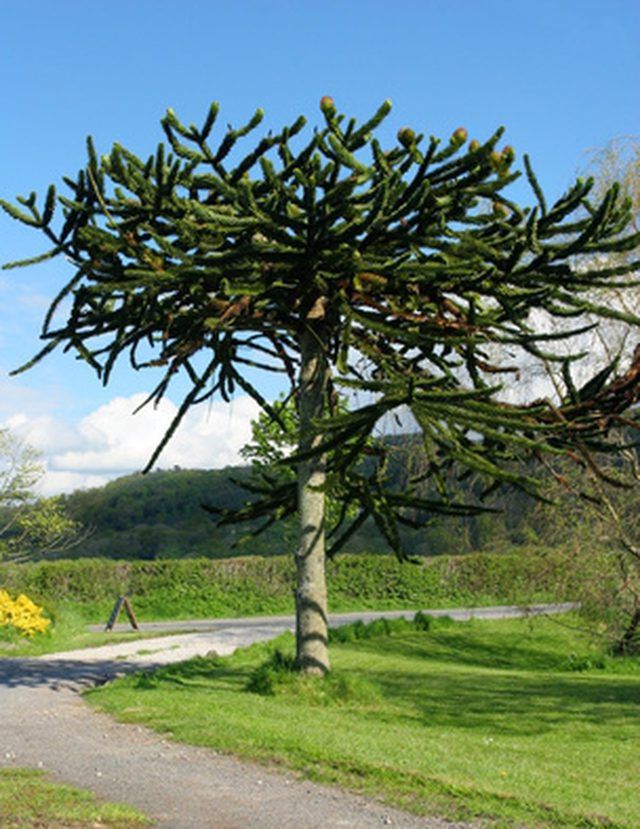Bulbs
Flower Basics
Flower Beds & Specialty Gardens
Flower Garden
Garden Furniture
Garden Gnomes
Garden Seeds
Garden Sheds
Garden Statues
Garden Tools & Supplies
Gardening Basics
Green & Organic
Groundcovers & Vines
Growing Annuals
Growing Basil
Growing Beans
Growing Berries
Growing Blueberries
Growing Cactus
Growing Corn
Growing Cotton
Growing Edibles
Growing Flowers
Growing Garlic
Growing Grapes
Growing Grass
Growing Herbs
Growing Jasmine
Growing Mint
Growing Mushrooms
Orchids
Growing Peanuts
Growing Perennials
Growing Plants
Growing Rosemary
Growing Roses
Growing Strawberries
Growing Sunflowers
Growing Thyme
Growing Tomatoes
Growing Tulips
Growing Vegetables
Herb Basics
Herb Garden
Indoor Growing
Landscaping Basics
Landscaping Patios
Landscaping Plants
Landscaping Shrubs
Landscaping Trees
Landscaping Walks & Pathways
Lawn Basics
Lawn Maintenance
Lawn Mowers
Lawn Ornaments
Lawn Planting
Lawn Tools
Outdoor Growing
Overall Landscape Planning
Pests, Weeds & Problems
Plant Basics
Rock Garden
Rose Garden
Shrubs
Soil
Specialty Gardens
Trees
Vegetable Garden
Yard Maintenance
How to Plant a Monkey Tree
How to Plant a Monkey Tree. The monkey tree (Araucaria araucana), also called the monkey puzzle tree, is a very unusual coniferous tree that is native to Southern Chile and Argentina. It has been described as being bizarre, prehistoric, striking, weird, statuesque, scary, grotesque and beautiful. Monkey trees are dome-shaped, and their branches...

The monkey tree (Araucaria araucana), also called the monkey puzzle tree, is a very unusual coniferous tree that is native to Southern Chile and Argentina. It has been described as being bizarre, prehistoric, striking, weird, statuesque, scary, grotesque and beautiful. Monkey trees are dome-shaped, and their branches grow long and widely spaced, allowing you to see through the tree at any angle. They sport dark green leaves with sharp needle-like points at their tips. In the U.S., monkey trees usually grow 25 to 30 feet tall. They do best in cool, humid climates and can endure most types of soil, providing it is well drained.
Things You'll Need
Hoe
Spade
Garden snips
Organic soil amendment
Purchase a monkey tree for planting from a certified disease-free nursery. The tree will come in a 1-gallon or 5-gallon container, depending on its size.
Select a planting site for the monkey tree that receives full sun to partial shade and has well-drained soil.
Remove weeds, rocks, roots or other debris from the planting site with your hands and a garden hoe.
Dig a hole 14 inches deep and 14 inches wide if the tree is in a 1-gallon container. If it came in a 5-gallon container, make the hole 18 inches wide and 18 inches deep.
Amend the soil you removed by mixing in either leaf mold or sphagnum moss.
Cut the plastic container along the sides from each drain hole up to the potís rim with garden snips. Gently peel the plastic away from the soil, and remove the tree from the pot. Take care not to damage or disturb the treeís roots.
Place 2 to 3 inches of the amended soil back into the planting hole, spreading it evenly.
Set the monkey tree in the center of the hole. Have someone else view the tree from various directions to ensure that it is straight and at the correct level.
Backfill with the remaining soil, adding just several inches at a time. Tamp the soil after each addition of soil to eliminate air pockets.
Pour 2 to 3 gallons of water all around the monkey tree if it came in a 1-gallon container. If the tree came in a 5-gallon container, water it initially with 6 to 7 gallons of water.
Apply a 2- to 4-inch layer of organic mulch on the soil at the base of the tree to help retain moisture. Avoid placing the mulch against the trunk of the monkey tree.
Water the monkey tree once a week during fair weather and more often during hot weather. If the soil feels dry under the mulch, the tree should be watered.
Tips & Warnings
Avoid planting the monkey tree close to paths and walkways, as the sharp pointy leaves may cause irritation if they touch the skin.
Watch for scale insects or mealy bugs and treat with appropriate pesticides, if needed.
Monkey trees can drop some of their sharp-pointed leaves and small branchlets regularly. Don't walk barefoot under the monkey tree.